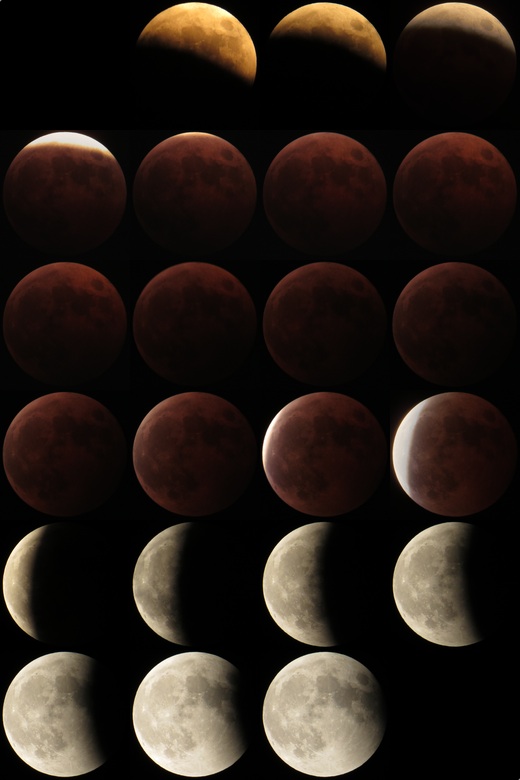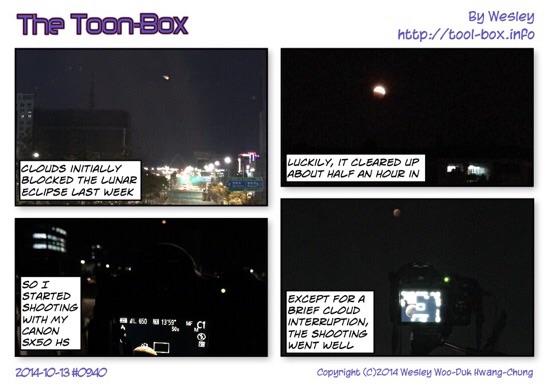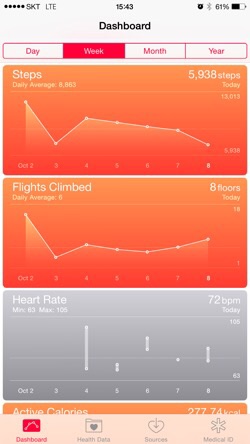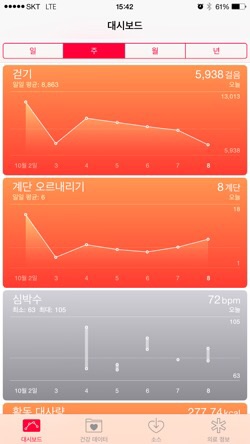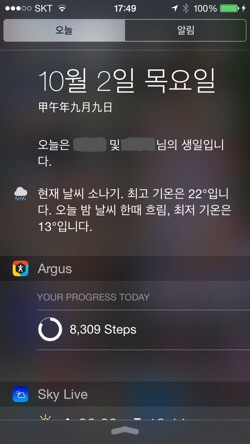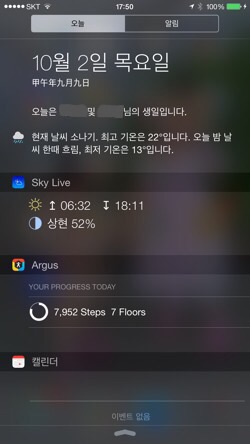Today's "The Toon-Box"
Posted by Wesley on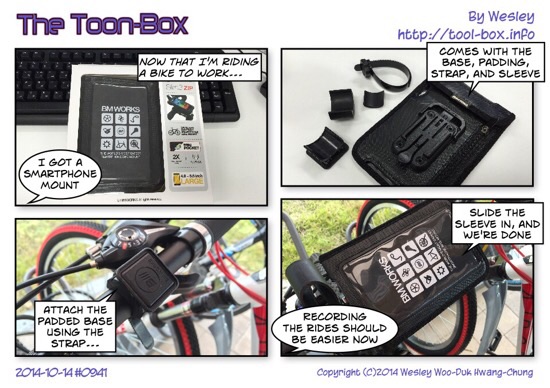

| Case | Caller 1 | Caller 2 | Connect 1 | Connect 2 | Quality |
|---|---|---|---|---|---|
| 1 | SKT VoLTE | SKT VoLTE | LTE | LTE | HD Voice |
| 2 | SKT VoLTE | SKT 3G (AMR-WB) | LTE | 3G | HD Voice |
| 3 | SKT VoLTE | SKT 2G/3G | LTE | 2G/3G | Normal |
| 4 | SKT VoLTE | KT / LGU+ VoLTE | LTE | LTE | Normal |
| 5 | SKT VoLTE | KT / LGU+ 2G/3G | LTE | 2G/3G | Normal |
| 6 | SKT VoLTE | Landline (02 ~ 064) | LTE | Landline | Normal |
| 7 | SKT VoLTE | Toll Free (080) | LTE | Landline | Normal |
| 8 | SKT VoLTE | Special (15xx, 3-digit) | 3G | Landline | Normal |
| 9 | SKT VoLTE | VoIP (070) | 3G | Internet | Normal |
